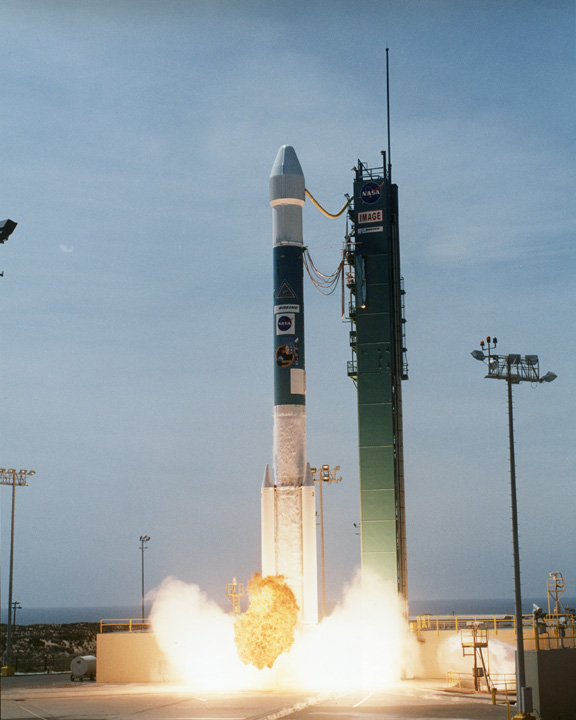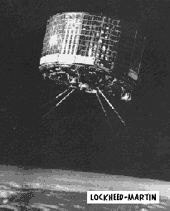Introducing my second foray into songwriting: “The Economic Recovery Blues,” the 2009 Industrial Extension Service (IES) Song, now available on YouTube.
And now, the story behind the song …
Friends from the Titan System Program Office at Vandenberg AFB may remember that I penned quite a few Titan-related lyrics to Beatles tunes, but “The Economic Recovery Blues” was only the second time I’ve tried to write lyrics and something of an original tune. Back in late 2008, my first attempt was “The I-E-S Song” — I wrote the lyrics and had the basic tune in mind, and Mark Minervino (my Pastor at North Cary Baptist Church) fleshed out the music. He also did all the instruments and the background vocals — his versatility is boundless — and I just sang the main lyrics. Then I put together a video montage and showed it off at our annual Christmas luncheon.
The original “I-E-S Song” was a big hit with the folks at work. Several of us wanted it to go on YouTube, but the humor was a little too sharp — mostly self-deprecating, but it got in digs at some other North Carolina institutions of higher learning. Maybe the powers-that-be will change their minds one of these days.
I had so much fun doing the first “I-E-S Song” that I figured, why not do another one? So in December 2009 the process repeated. I had the lyrics and the beginning of a tune, and Mark figured out (and performed!) the rest. Because I didn’t get started as early as the first one, we didn’t get this song done in time for the IES Christmas luncheon, so at that I sang another song — this one a work-related lyric sung to “Oh, How I Love Jesus” — and then finished up “The Economic Recovery Blues” over the holiday break. The video montage is rougher than the first one,* but the office folks decided to post it “as is.” So this is the first song I’ve done to be posted online. Hope you enjoy it, if you go in for that sort of office-related-silliness thing.
Meanwhile, if you know of anyone who needs some business consulting in lean manufacturing, “Six Sigma” statistical process control, ISO quality management standards, safety and health, or growth services, point them at the Industrial Extension Service — and at “The Economic Recovery Blues.”
Ah-one, and ah-two ….
___
*A note on the video montage. For the first one, we purchased some nifty graphics off the web; for the new song, I used Creative Commons images and put attributions in the credits at the end of the song.



 by
by 















